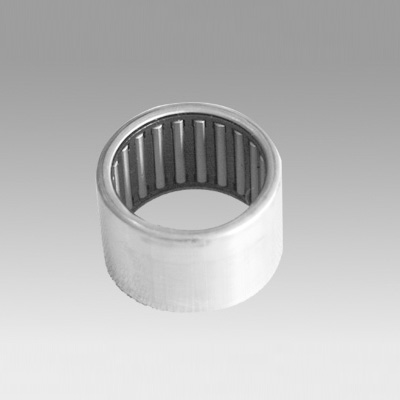
Nov . 13, 2024 01:31 Back to list
spherical roller bearing installation
The Installation of Spherical Roller Bearings A Comprehensive Guide
Spherical roller bearings are crucial components in various machinery, renowned for their ability to handle high radial and axial loads in both directions. Their unique design allows for self-alignment, making them suitable for applications where misalignment may occur. Proper installation is essential for the optimal performance of these bearings and to ensure the longevity of the machinery they are used in. This article provides a detailed guide on the installation process of spherical roller bearings.
Understanding Spherical Roller Bearings
Before delving into the installation, it's important to understand the anatomy and functionality of spherical roller bearings. These bearings consist of an inner ring, an outer ring, and spherical rollers that facilitate smooth movement. The outer ring's raceway is spherical, allowing the bearing to align itself with the shaft in case of misalignment. This feature is particularly beneficial in heavy machinery and equipment subject to vibrations and moving loads.
Preparation for Installation
1. Cleanliness is Key Before installation, ensure that all components including the shaft, housing, and bearing itself are clean. Any contaminants can cause premature failure.
2. Examine Components Inspect the bearing, shaft, and housing for any signs of damage or wear. Check for proper tolerances and ensure that the components are free from rust and corrosion.
3. Tools and Equipment Gather the appropriate tools for the installation process. Typical tools include a torque wrench, bearing puller, hydraulic press, and set of gauges to check alignments and clearances.
Steps for Installing Spherical Roller Bearings
spherical roller bearing installation

1. Heating the Bearing To facilitate easy installation, heat the bearing before fitting it onto the shaft. This can be achieved using an induction heater or an oil bath. Ensure that the temperature does not exceed the manufacturer's specifications, typically around 120°C (248°F) for most bearings.
2. Aligning the Bearing Once heated, carefully place the bearing onto the shaft. Use a protective sleeve to avoid damaging the bearing seals or outer ring. Ensure that the bearing is aligned properly to prevent undue stresses during rotation.
3. Pressing the Bearing If the bearing is being installed into a housing, use a hydraulic press to apply even pressure. Avoid using a hammer or applying force to the inner ring as this can lead to brinelling, a type of damage caused by local deformation.
4. Check for Proper Fit After installation, check that the bearing is seated correctly. Rotate the shaft by hand to ensure smooth movement without any binding or excessive friction.
5. Mounting the Housing If the bearing is part of a housing assembly, fit the assembly in its designated location. Use torque specifications provided by the manufacturer to tighten any bolts or fasteners securely.
6. Lubrication After installation, provide the bearing with the appropriate lubricant as specified by the manufacturer. This could be grease or oil, depending on the application. Adequate lubrication is vital to reduce friction and wear, contributing to the bearing’s operational efficiency.
7. Final Checks Once everything is in place and lubricated, conduct a final inspection. Ensure all components are secure and that there are no abnormal sounds during operation. This is a crucial step in ensuring that the bearing installation was successful.
Conclusion
The installation of spherical roller bearings is a critical process that requires attention to detail and adherence to best practices. Proper preparation, cleaning, heating, and fitting of the bearing will lead to enhanced performance and longevity of machinery. A well-installed bearing not only improves efficiency but also reduces the likelihood of unexpected failures. By following these guidelines and consulting manufacturer specifications, technicians can ensure the optimal performance of spherical roller bearings in various applications. Remember, the key to success lies in meticulous preparation and execution during the installation process.
Latest news
-
Premium Deep Groove Ball Bearings | High Speed & Reliability
NewsAug.29,2025
-
Durable Scaffolding Clamps - Secure & Reliable Tube Connectors
NewsAug.28,2025
-
Common Failures in Thrust Ball Bearings and Solutions
NewsAug.22,2025
-
How Tapered Roller Bearings Can Take Shock Loads
NewsAug.22,2025
-
Angular Bearings in High-Precision Spindles
NewsAug.22,2025
-
The Impact of Misalignment on Cylindrical Roller Bearing Performance
NewsAug.22,2025
